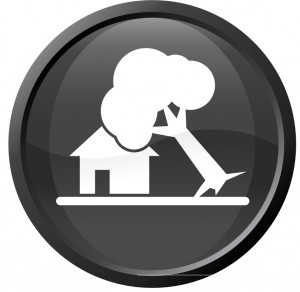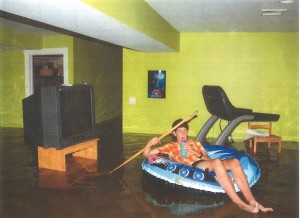Storm Preparedness and You
Today, we have a guest blogger from EducatorLabs, Jasmine Dyoco. Jasmine came to us with the thought of giving our clients and readers some great information on storm preparedness. The best way to lower claim costs is to stop the claims from happening in the first place, and storm preparation is a great first step. These great tips will help protect you, your family and your property from loss during storms of all types.
Thank you, Jasmine, for this valuable information. You are welcome to join us as a guest blogger any time!
P. Andersen
by Jasmine Dyoco
Although summer is coming to a close, hurricane season is still in full swing. These storms’ strong winds and torrential downpours cause millions of dollars in damage each year, often due to tornado-strength winds, and most especially, flooding. In fact, around 75 percent of Presidential declared weather emergencies are flood related. While we can’t control the weather and the many natural disasters it causes, we can be prepared for them to help ensure the safety of our loved ones, homes and communities!
But how many people really know what measures to take to protect themselves in the event of an emergency?
That’s why I created the following list on preparedness for floods, hurricanes and other weather phenomena.
- What Consumers Need to Know About Food and Water Safety During Hurricanes, Power Outages, and Floods
- A Homeowner’s Guide to Lightning Safety
- How to Prepare for a Hurricane
- Cómo Preparar Su Casa Para un Huracán (How to Prepare Your Home for a Hurricane – In Spanish)
- Protection from Extreme Wind
- Preparing Your Pool for a Hurricane
- Tornado Safety
- Home Emergency and Disaster Safety
- Winter Storms and Extreme Cold
Thank you for taking action to create a more well-informed community on staying safe and healthy in the eye of a storm!




